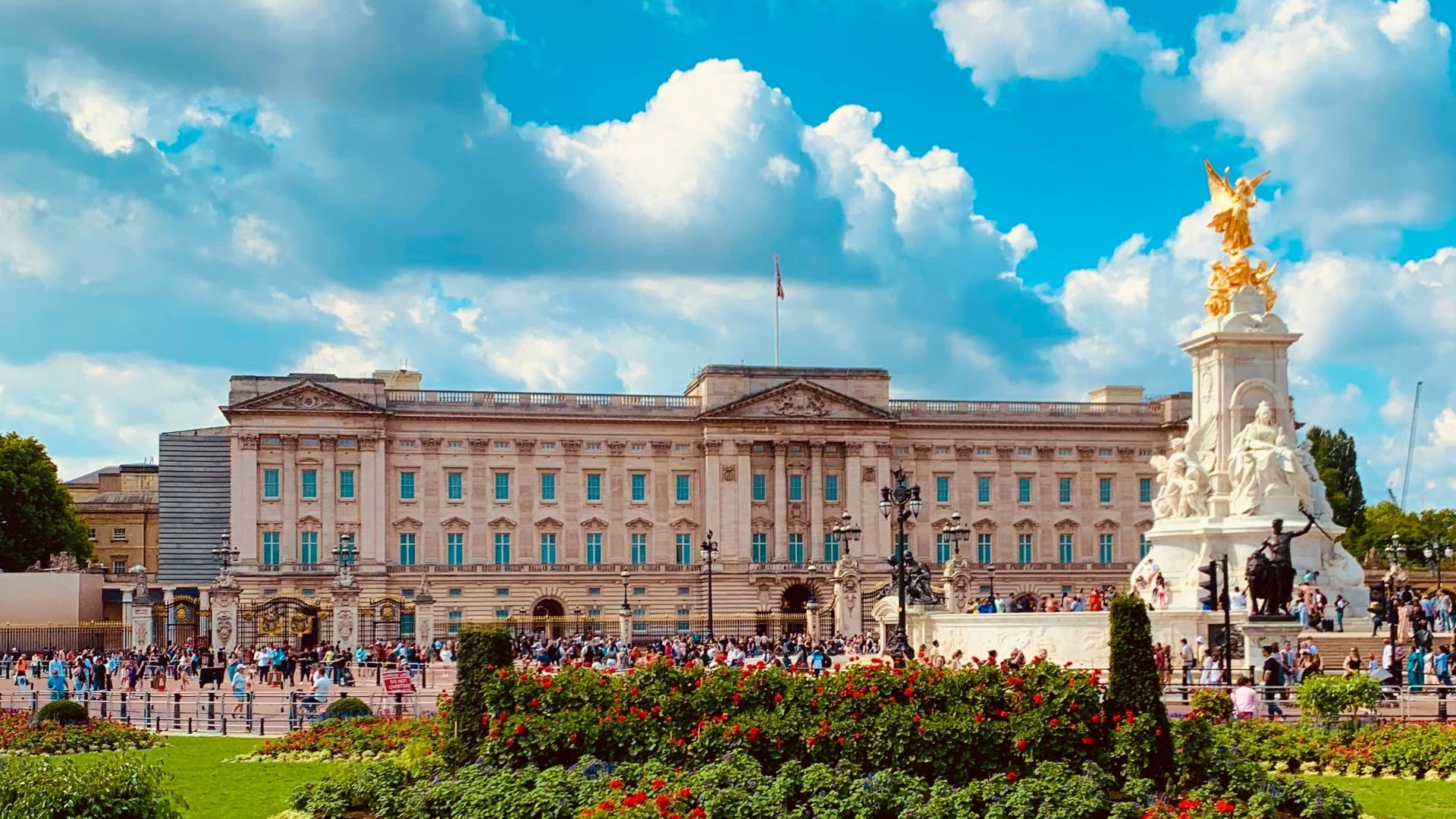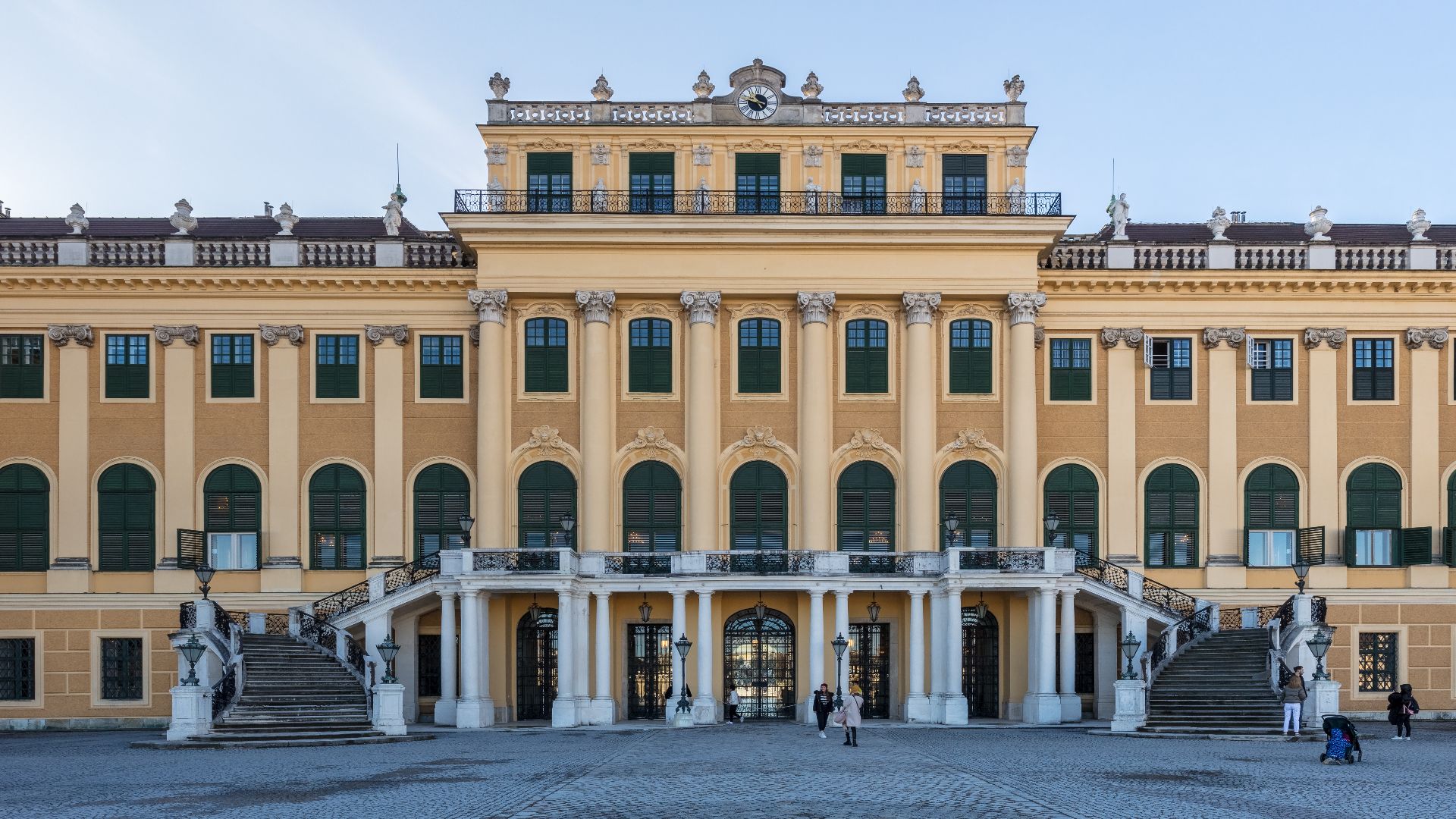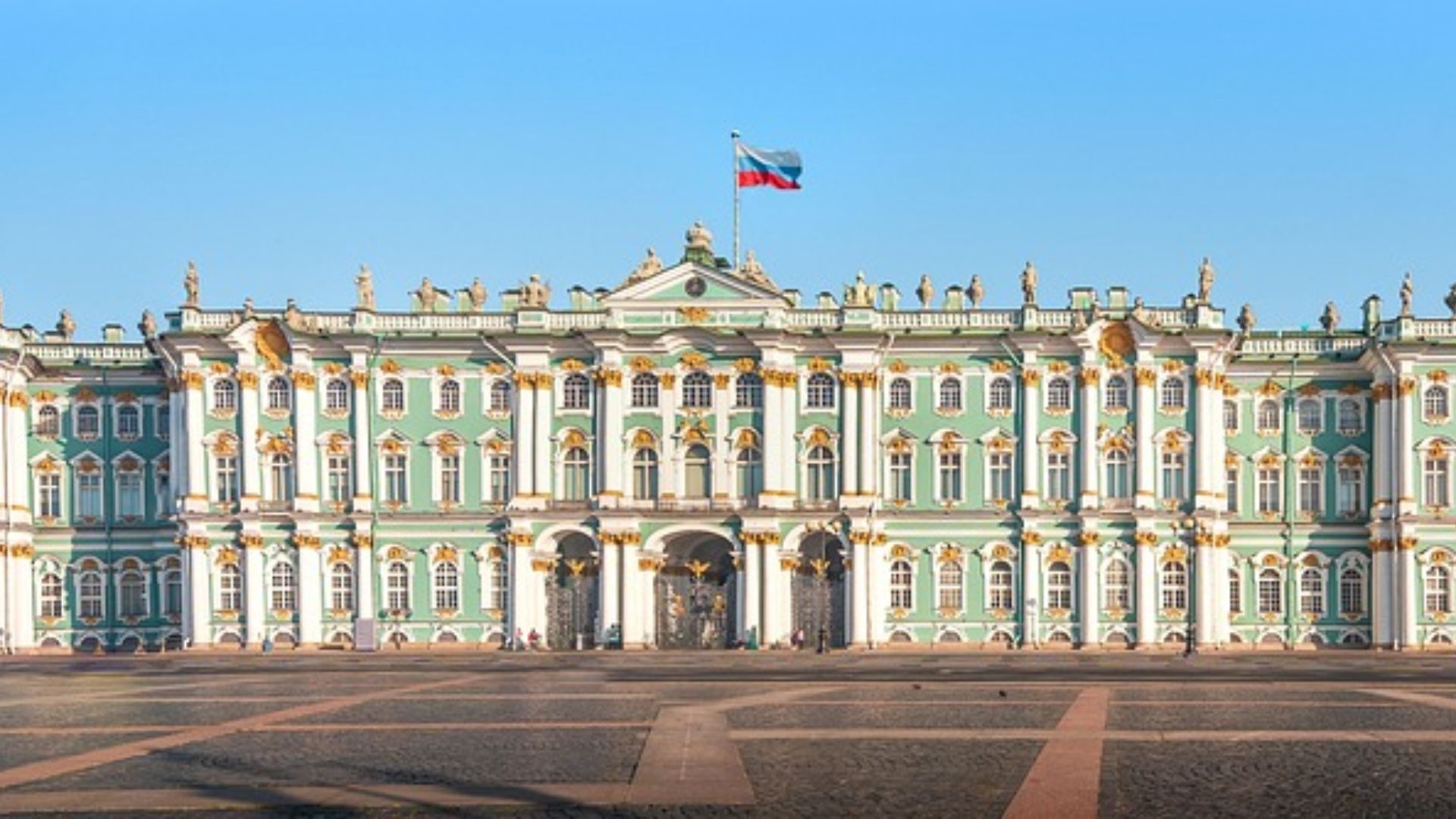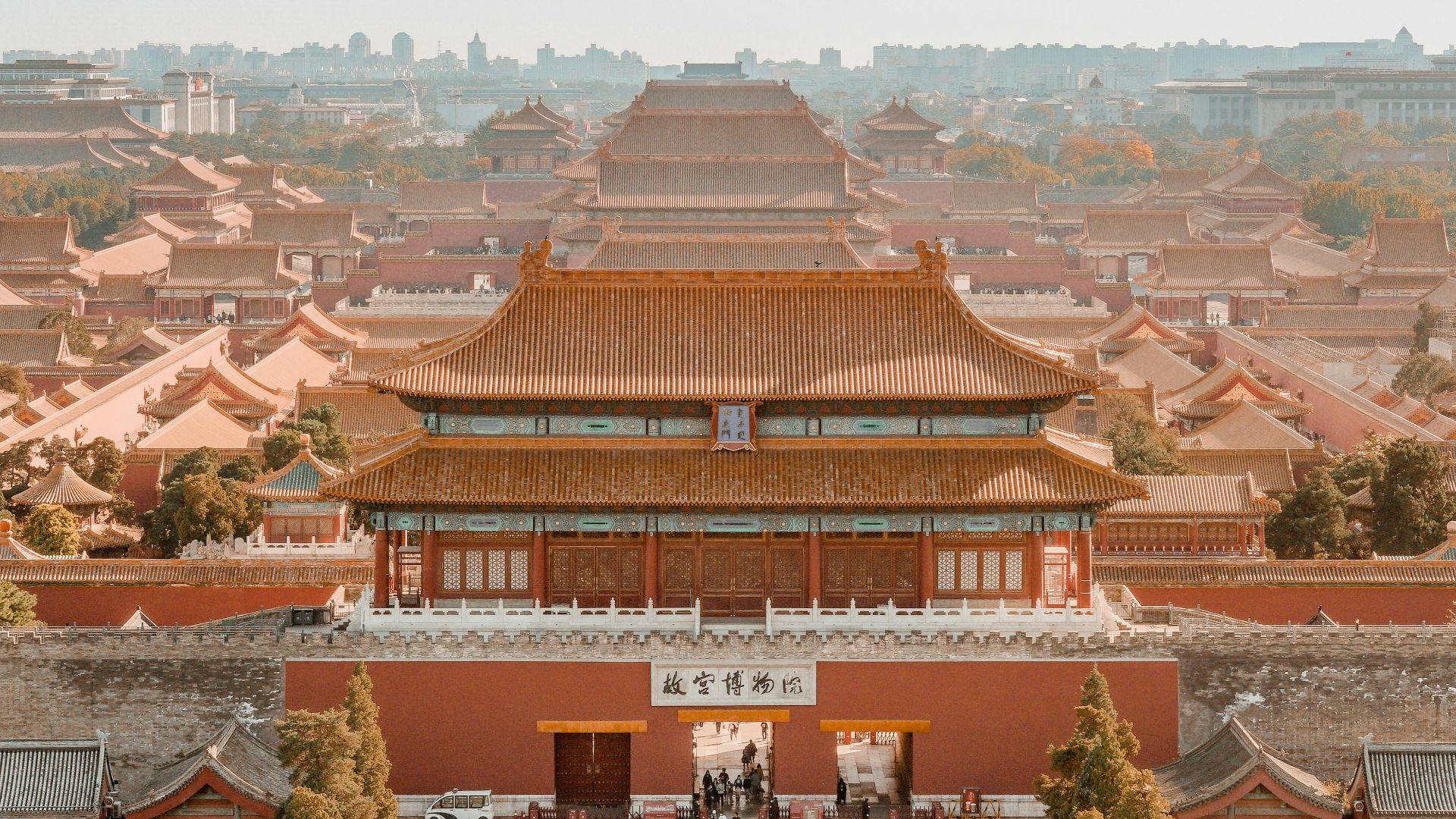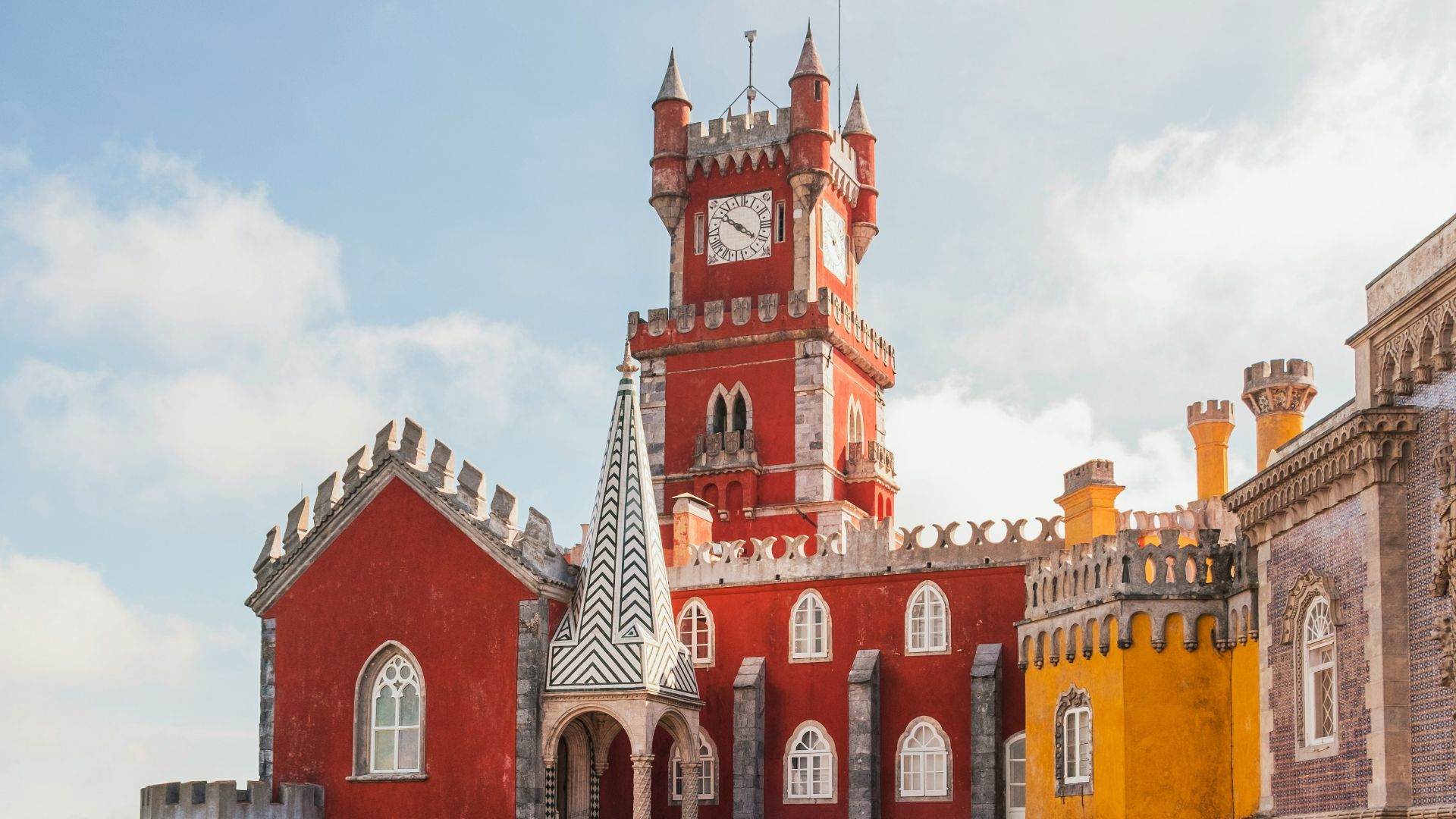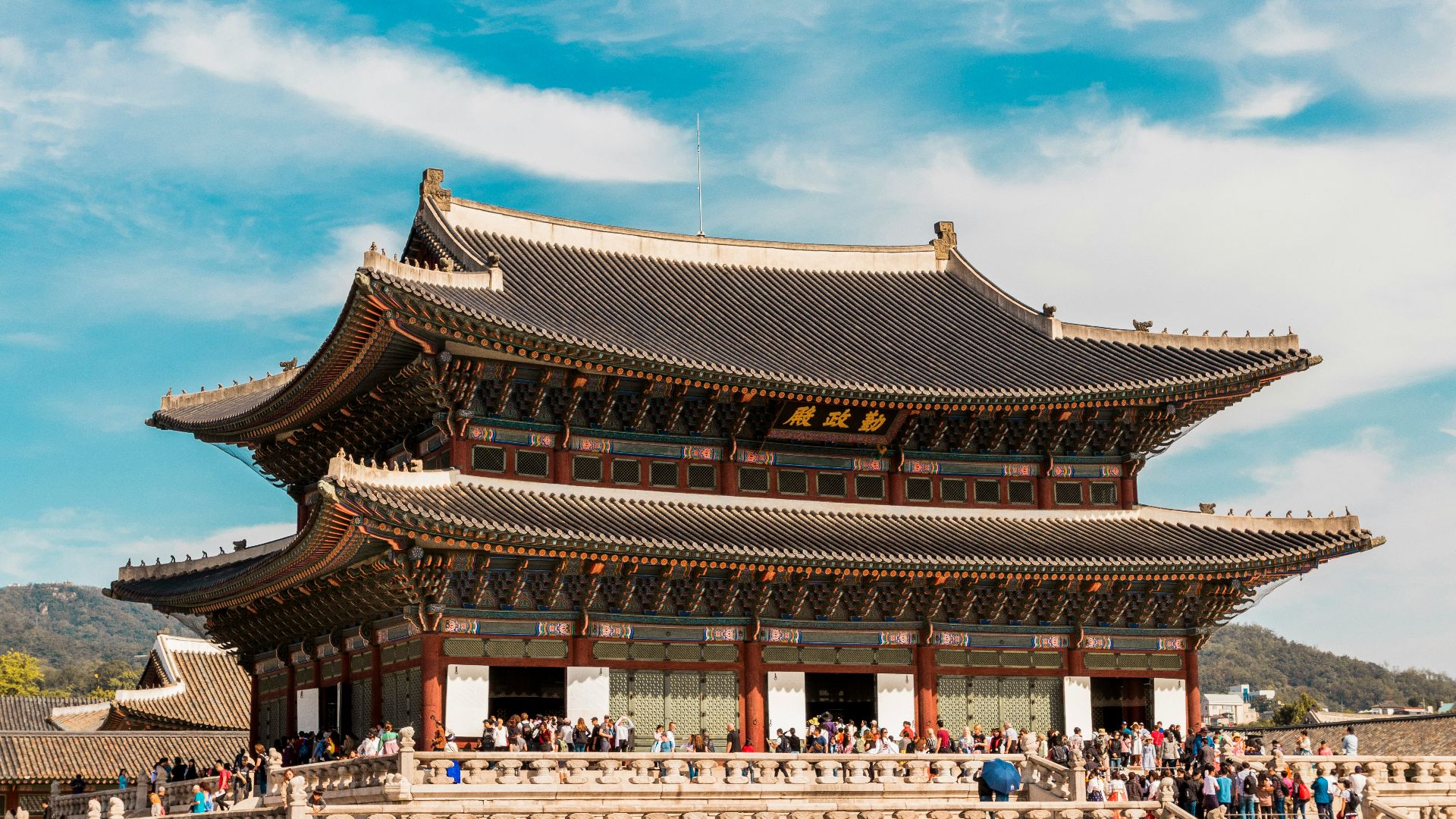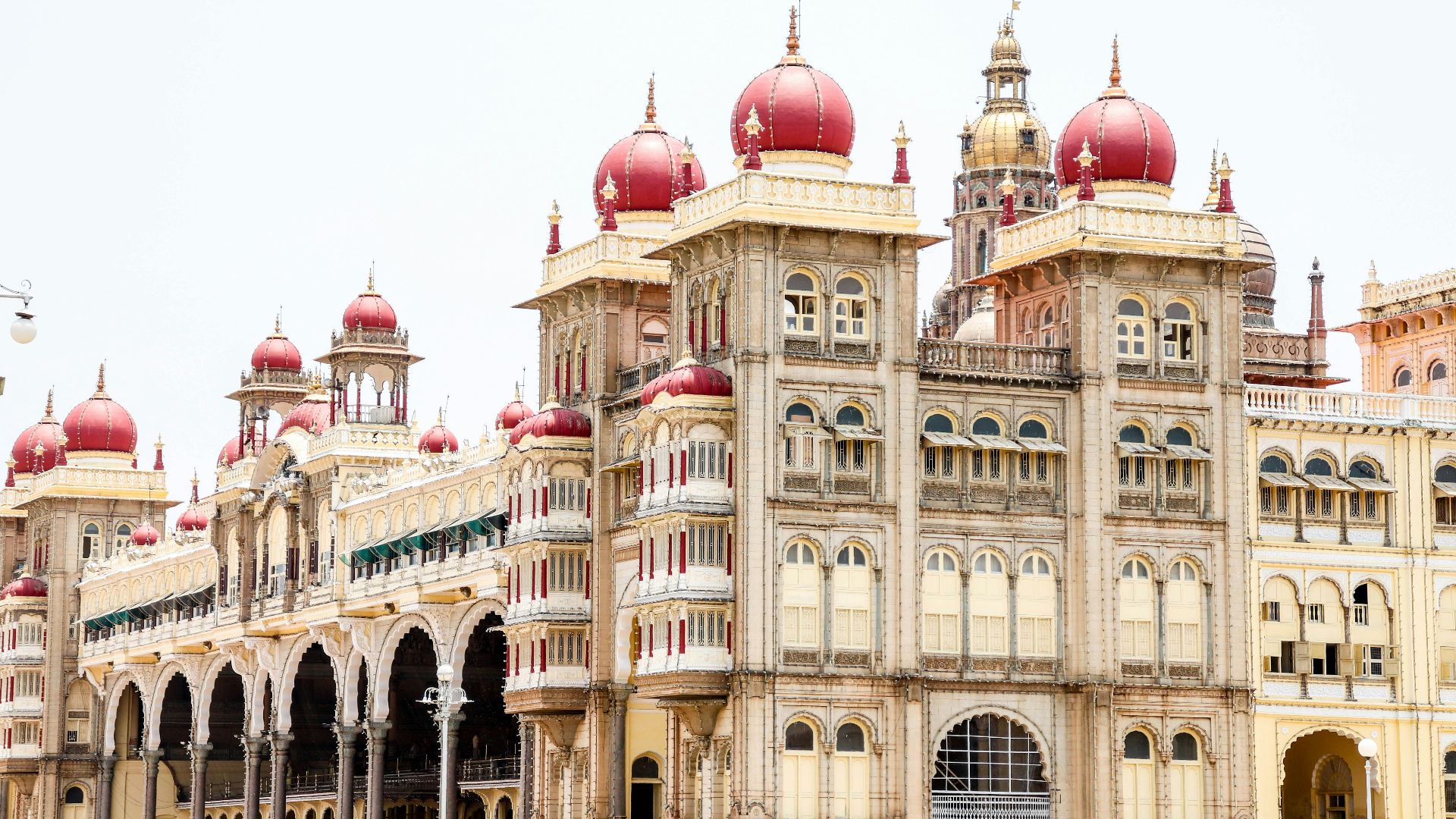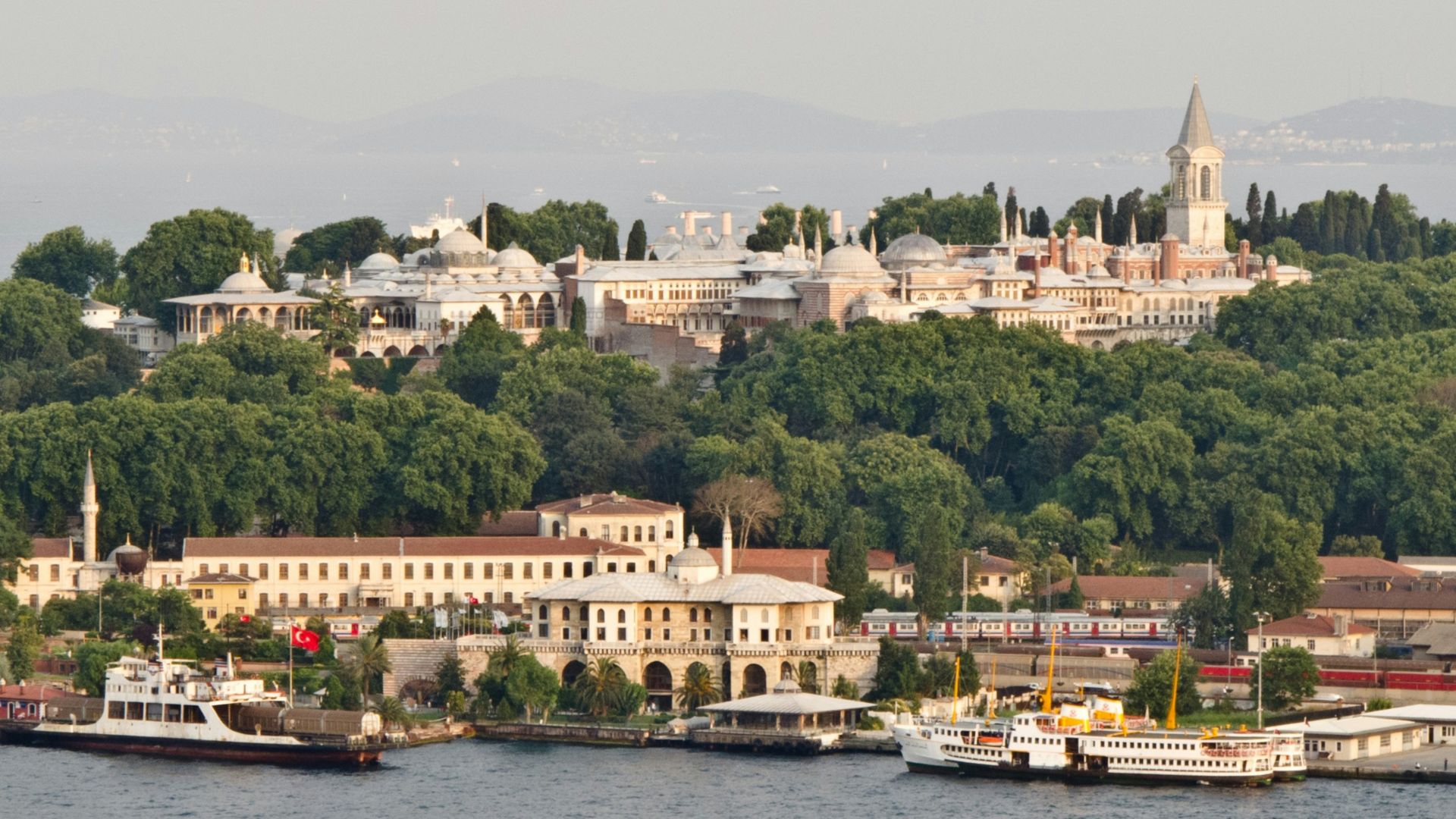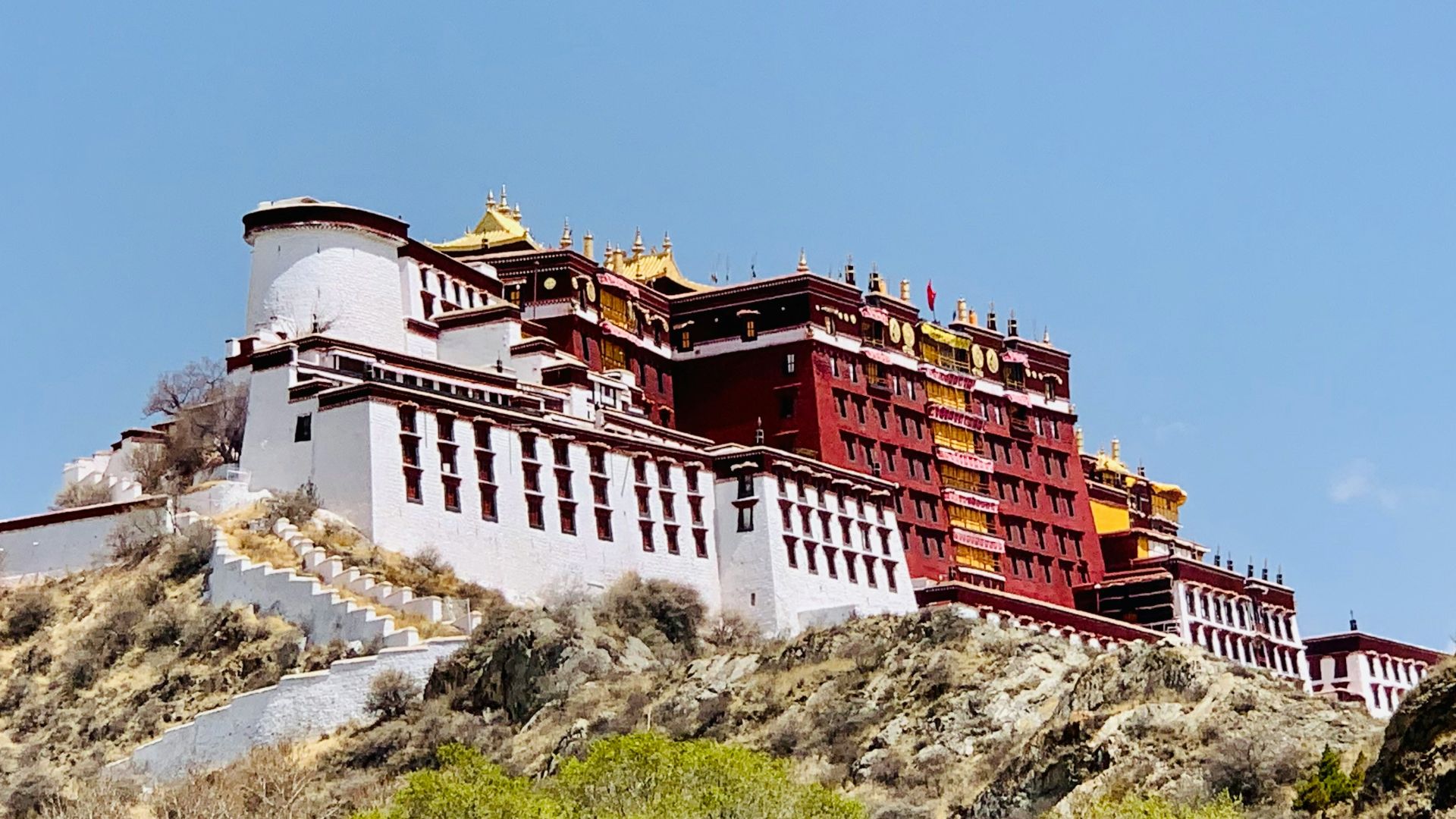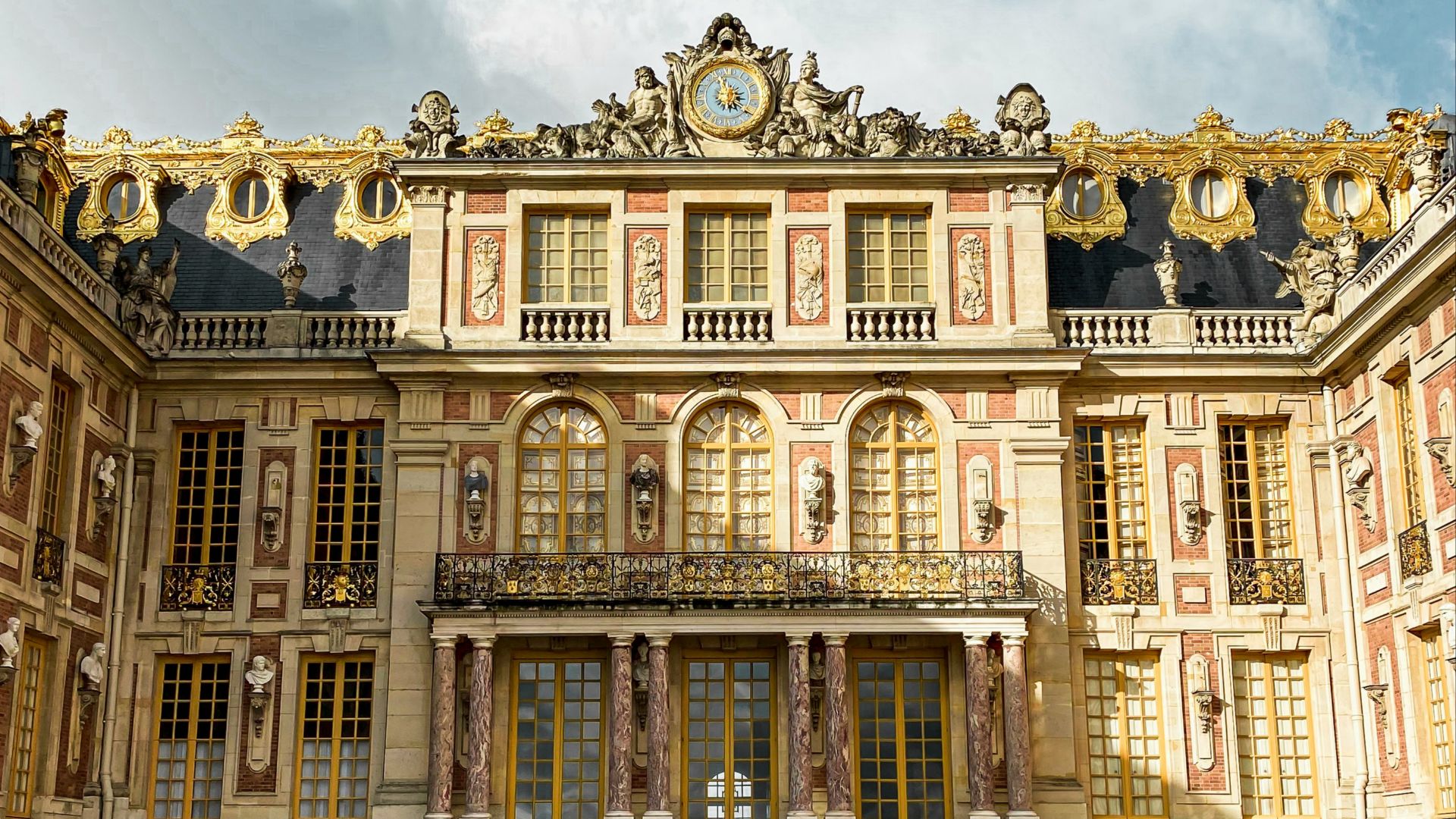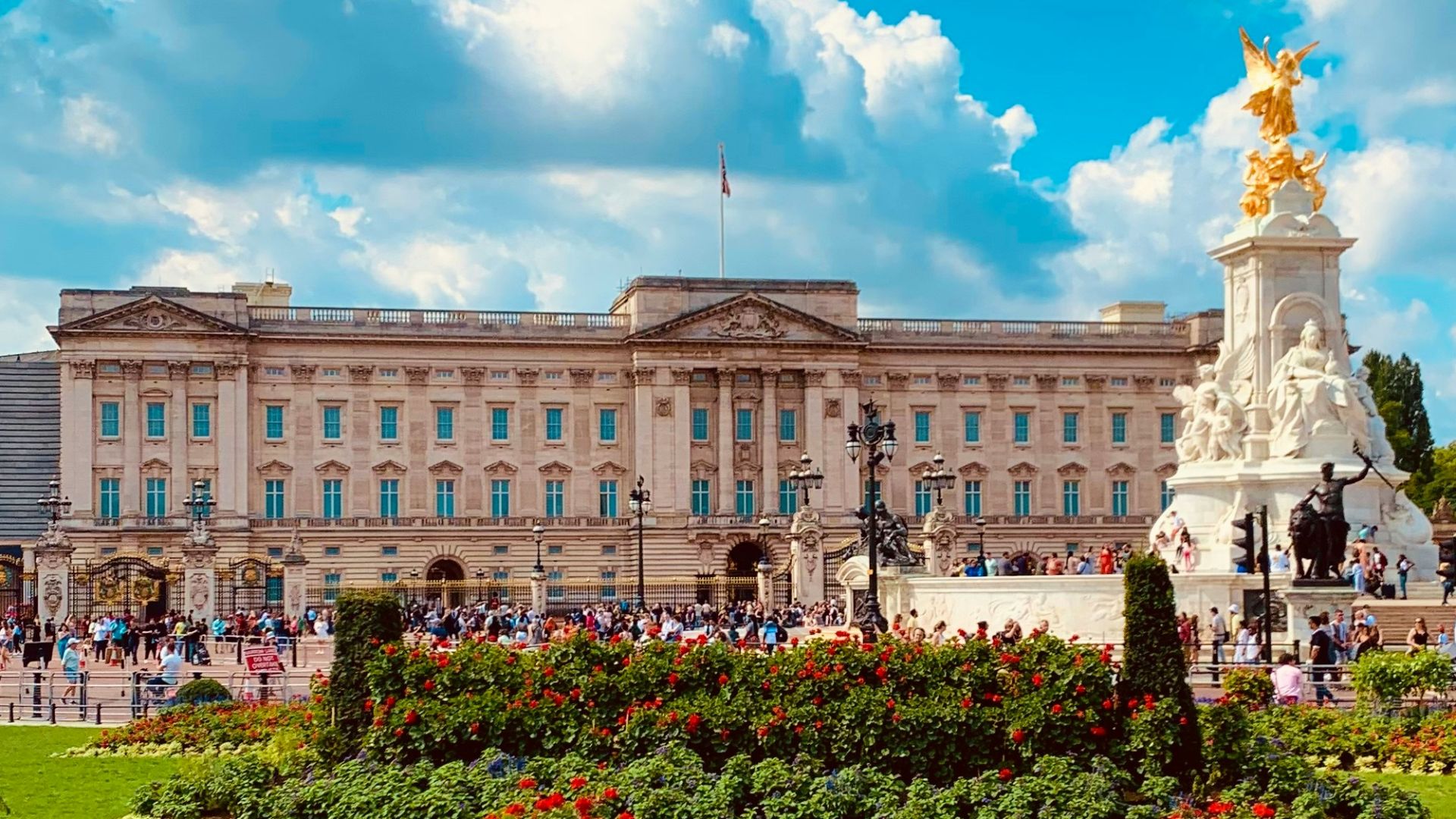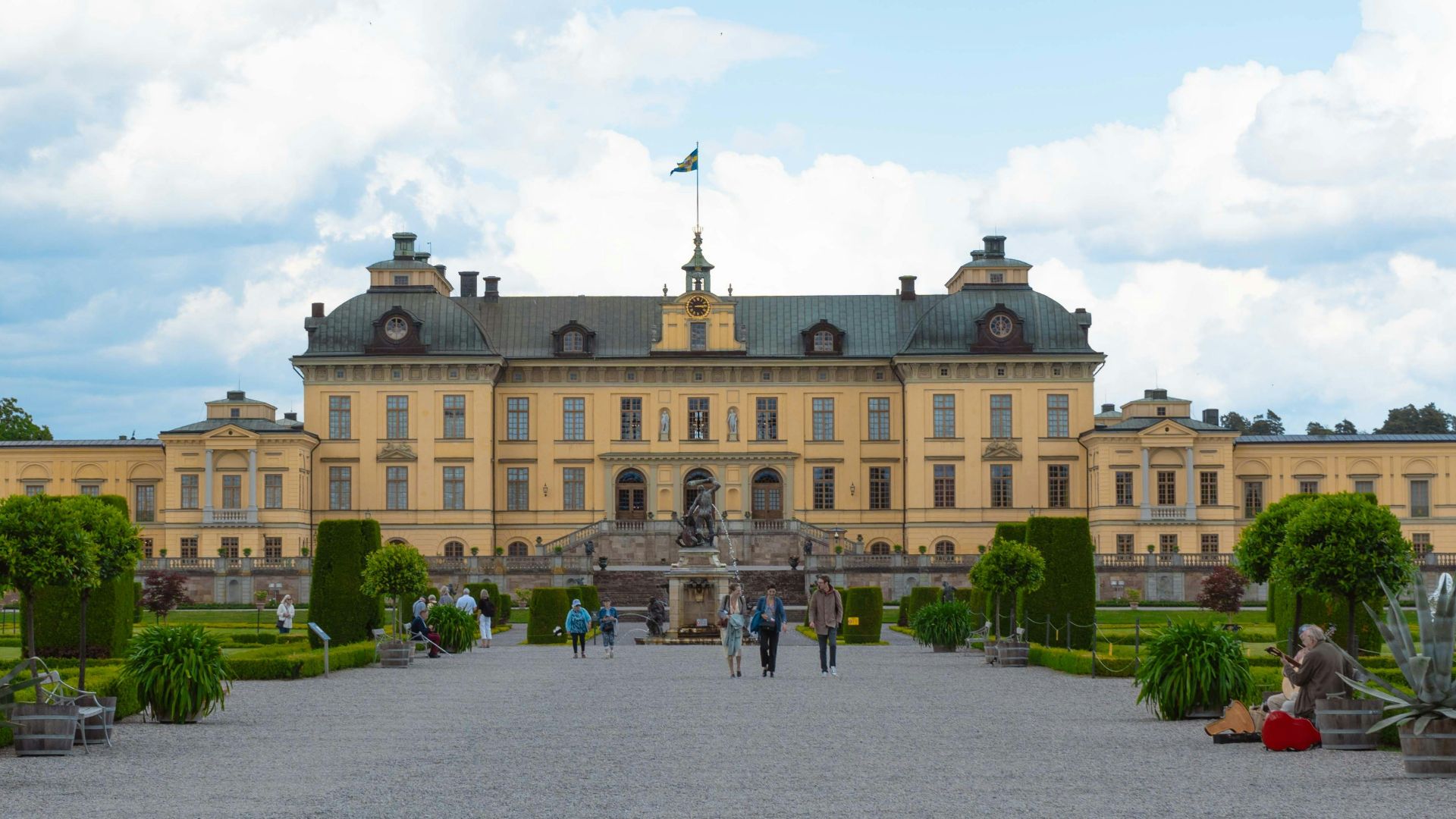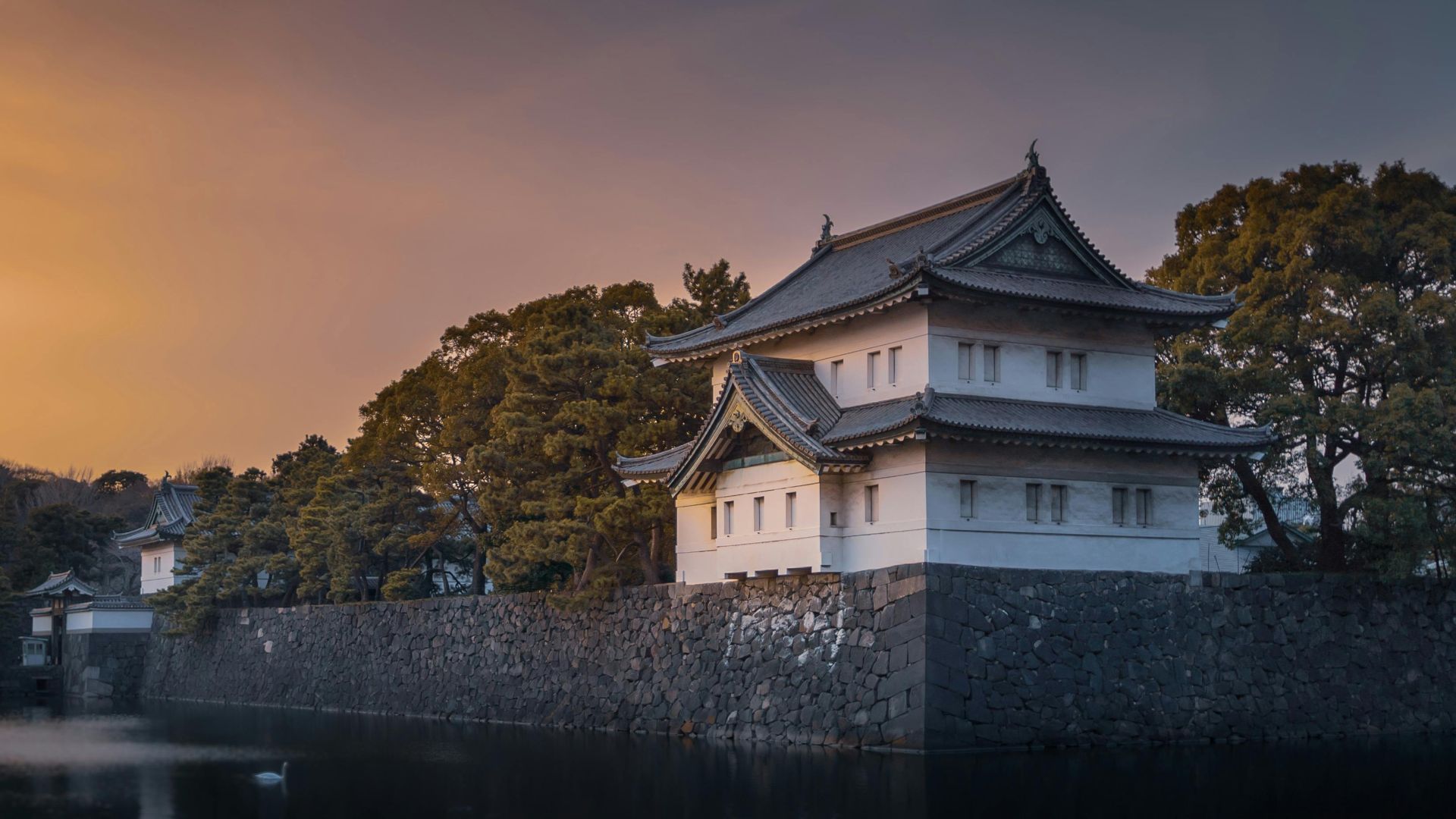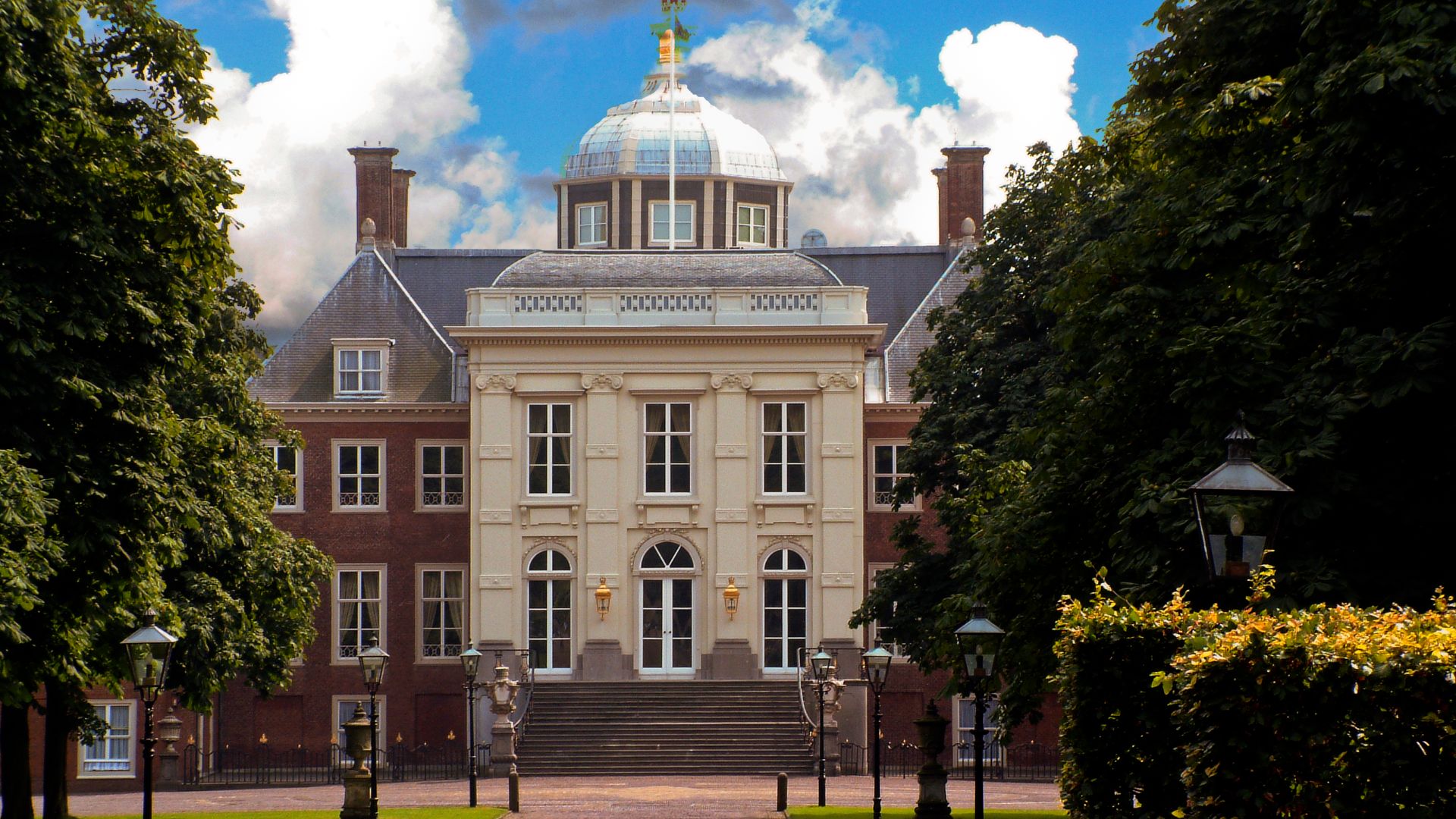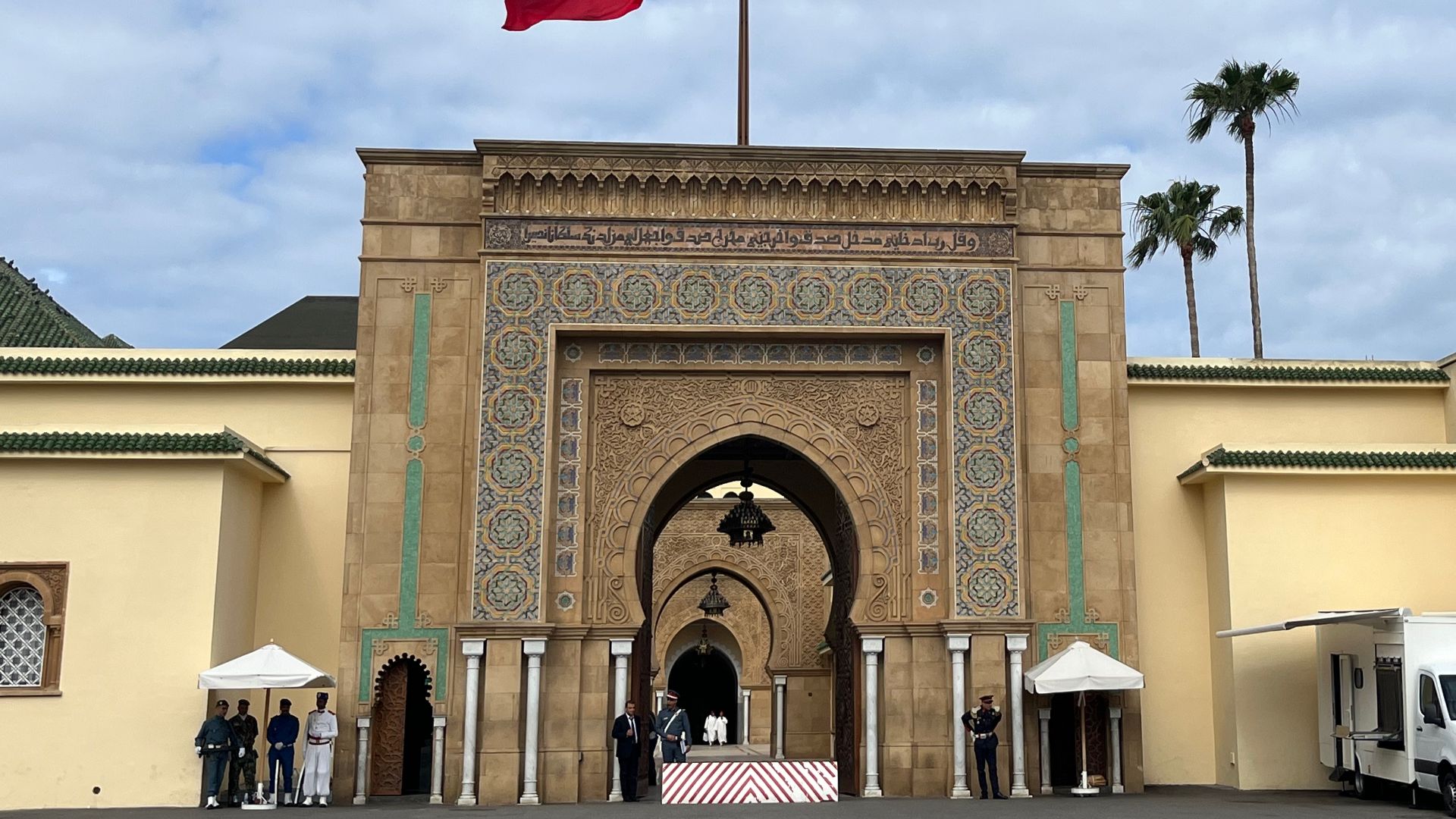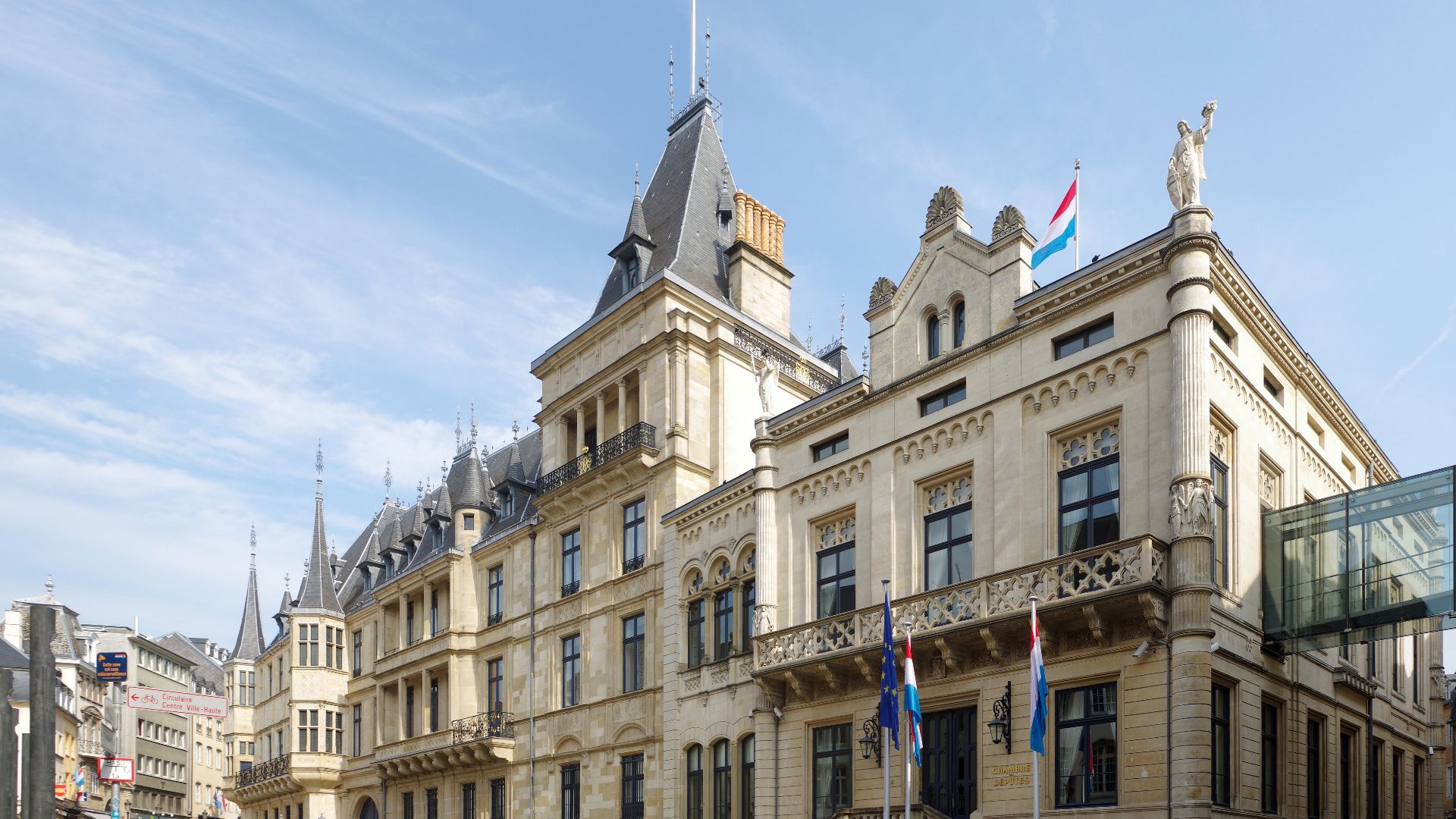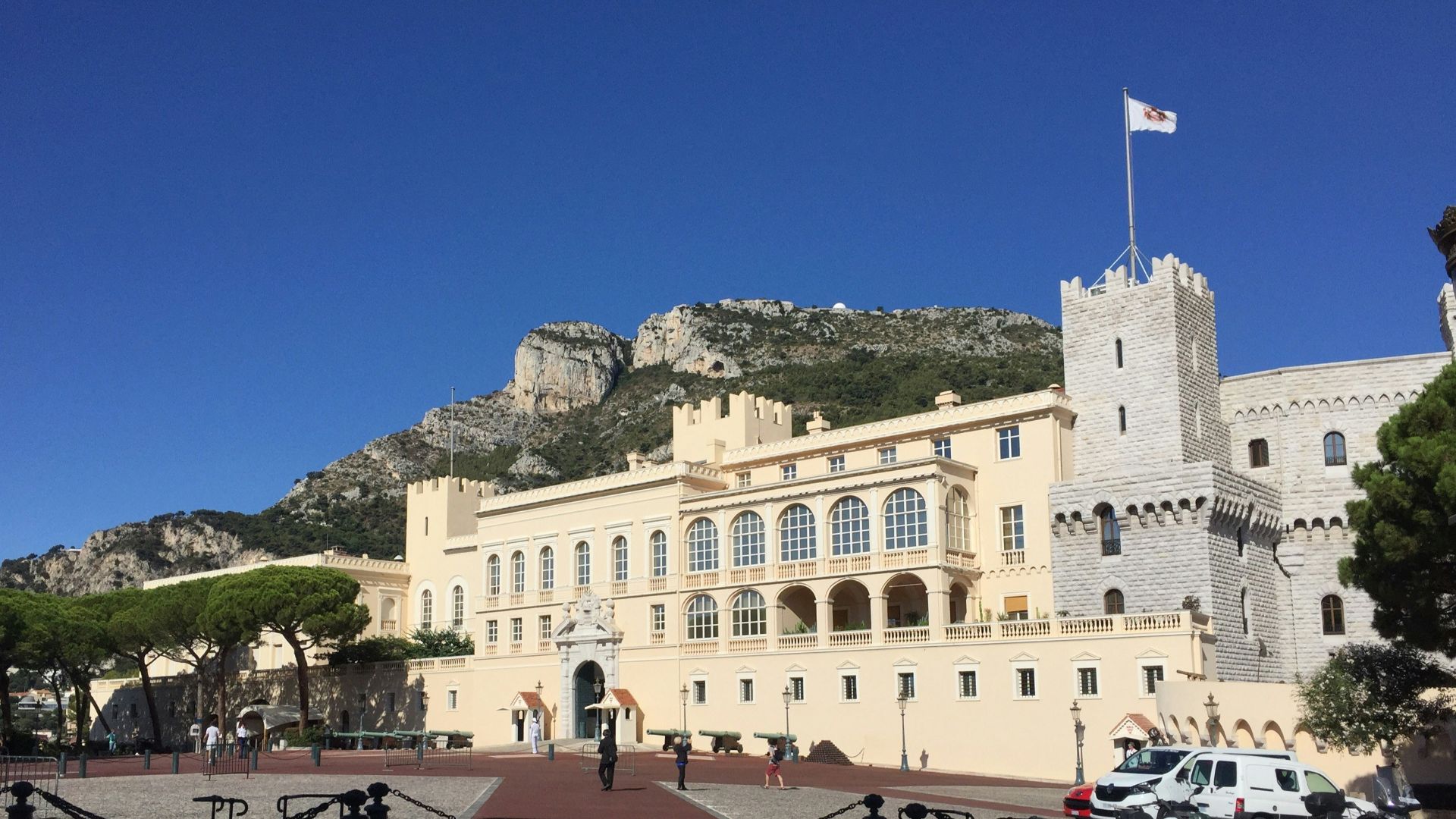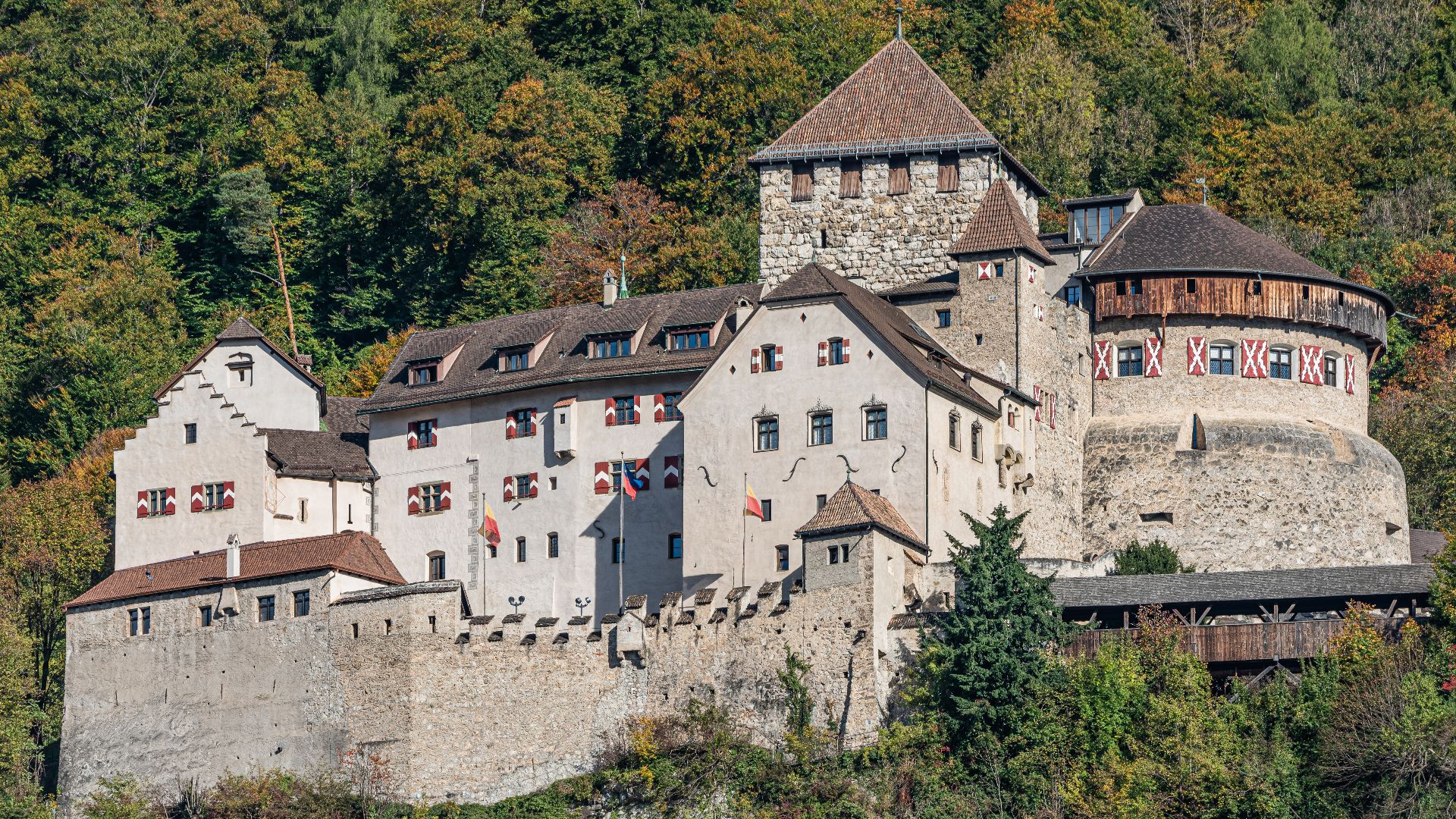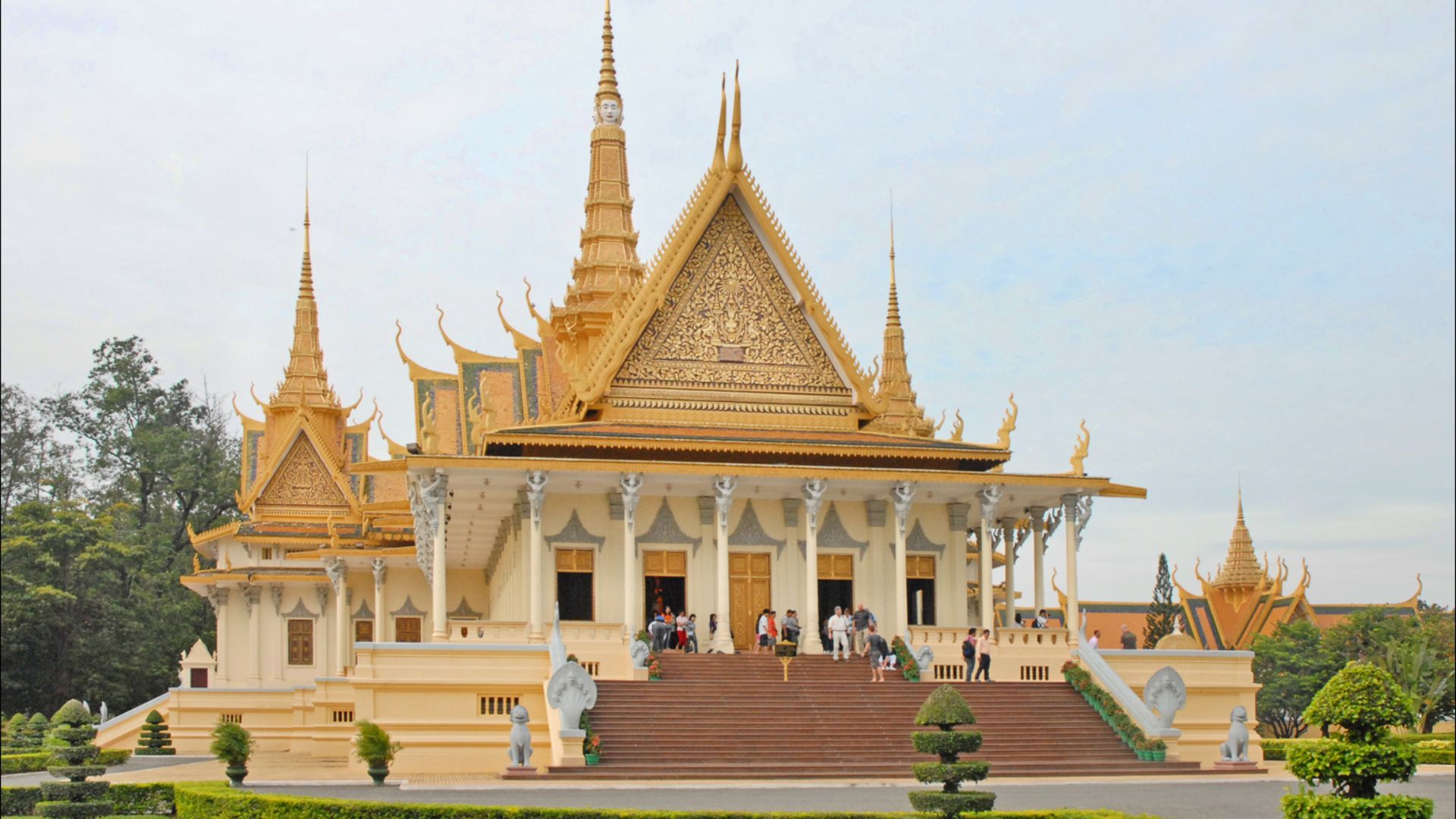Not-So-Humble Abodes
We should hope that you think of your home as your palace, even if you rent it, but a few families are lucky enough to actually live in castles. For the few remaining monarchies, palaces continue to serve as seats of government. On the other hand, some palaces outlive their monarchies, and those that do have been turned into museums or tourist attractions.
1. Schönbrunn Palace
For over 200 years, Schönbrunn Palace was the seat of power for one of Europe's most powerful dynasties: the Habsburgs. What began as a humble hunting lodge became a sprawling baroque complex with world-class gardens. Since the 1960s, Schönbrunn has been one of Vienna's many museums.
2. ʻIolani Palace
The former seat of the Kingdom of Hawaiʻi, ʻIolani Palace is the sole royal residence on US soil. This palace was remodeled in 1879 and hosted the royal family for less than 20 years before Hawaiʻi was annexed. Like most palaces on this list, ʻIolani is open to the public.
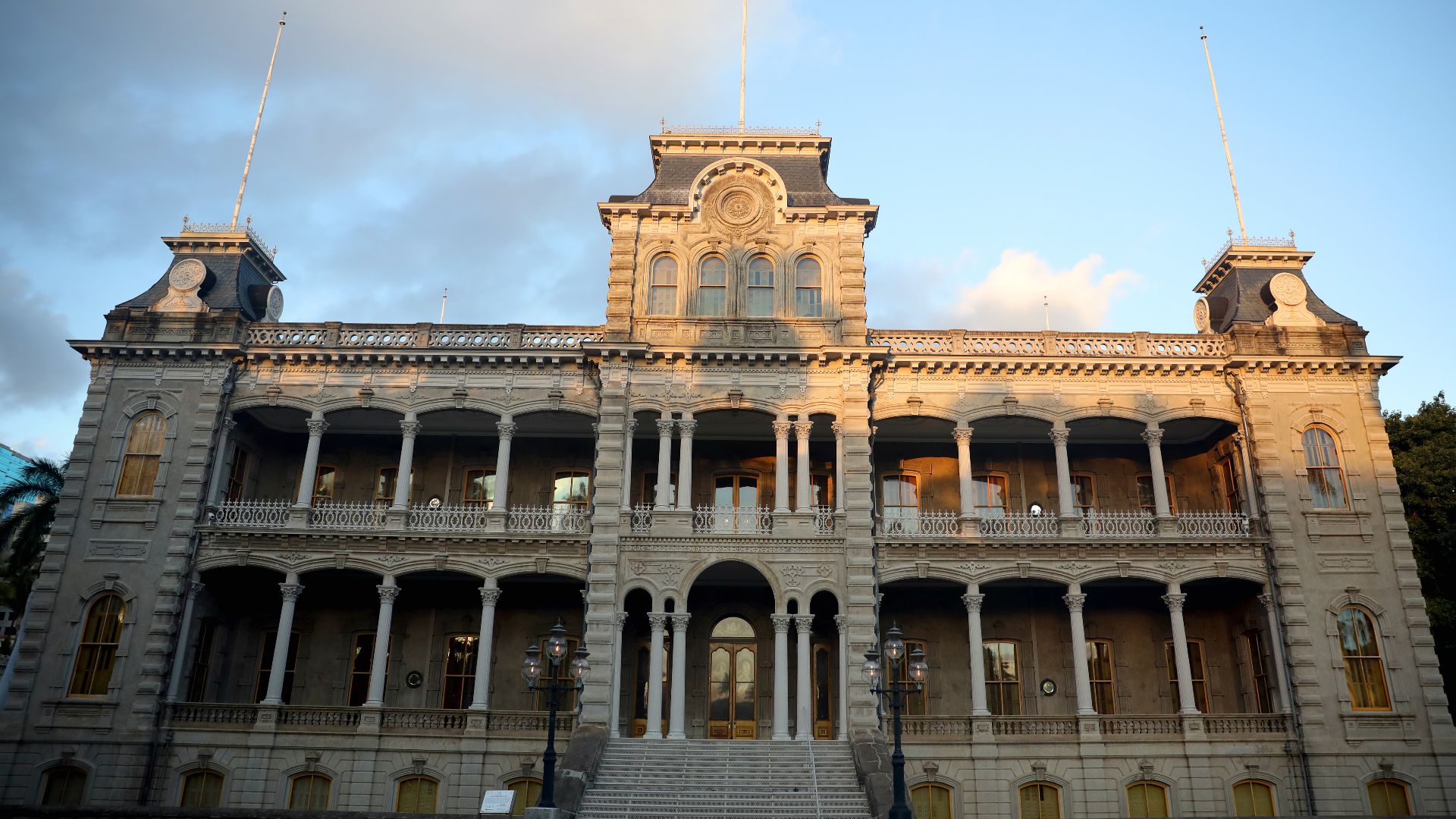 Gage Skidmore from Surprise, AZ, United States of America on Wikimedia
Gage Skidmore from Surprise, AZ, United States of America on Wikimedia
3. The Winter Palace
The former seat of the formidable Russian Empire, the Winter Palace in St. Petersburg is one of the largest ever built. After the overthrow of the monarchy, the Winter Palace was the seat of the Russian Provisional Government before that, too, was stormed by the Soviets. Today, the Winter Palace is part of the State Hermitage Museum.
4. The Forbidden City
Holding the record for the largest palace built, the Forbidden City complex has 8,886 rooms spread over a space 10 times larger than the White House. The Forbidden City housed the Ming and Qing emperors for 500 years. Forbidden no more, this palatial complex is a must-do attraction for visitors to Beijing.
5. Pena Palace
Considered one of the Seven Wonders of Portugal, Pena Palace is located along the beautiful Portuguese Riviera. This playful palace was the summer residence of the monarchy until its' abolition in 1910. While Pena Palace is occasionally used for state purposes, it welcomes guests.
6. Gyeongbokgung Palace
Gyeongbokgung was not only the home of Korea's Joseon dynasty, it was one of the first landmarks established in Seoul! Following Japan's colonization of Korea in 1910, the palace was altered and dismantled. Today, the palace contains both the National Palace Museum and National Folk Museum of Korea; admission is free for those wearing traditional clothing.
7. Mysore Palace
Mysore Palace was just one of many royal residences in the former "City of Palaces". Mysore was one of the largest princely states during the British Raj, and Mysore Palace is suitably grand, blending Islamic, Gothic, Rajput, Gothic, and Indo-Saracenic architecture. Mysore Palace sees more than 4 million visitors annually.
8. Topkapı Palace
Commissioned by Mehmed II after he conquered Constantinople, Topkapı Palace stands tall over the Bosphorus Strait. Topkapı fell out of favor with the royals several decades before they fell from power, serving as a treasury and mint prior to the fall of the Ottoman Empire. Several halls, including the treasury and harem, are open to visitors.
9. Potala Palace
Perched atop the roof of the world, Potala Palace in Tibet is the former winter residence of the Dalai Lamas. Following the annexation of Tibet and the exile of the current Dalai Lama in 1959, Potala Palace was turned into a museum. Visitor admission is restricted to 10 minutes and, like all travel to Tibet, must be booked through official channels.
10. Château De Versailles
Versailles usurped the Louvre Palace as the official seat of the House of Bourbon when Louis XIV moved his court there in 1682. Inhabited not only by the Sun King but by Marie Antoinette, Versailles is synonymous with over-the-top opulence. Versailles was first opened as a museum in 1837 and continues to welcome millions of visitors every year.
Now that we've covered a few former royal residences, let's look at a few that are still in use.
1. Buckingham Palace
Buckingham Palace may not be the preferred palace of the British royal family, but it's certainly the most famous. What started off as a townhouse grew into the administrative headquarters of every monarch since Queen Victoria. A selection of the palace's rooms are open for visits in the summer.
2. Drottningholm Palace
While Drottningholm Palace was constructed in the 1600s, it only became an official royal residence in 1981. In addition to housing the Swedish royal family, Drottningholm contains five museums and a theater. Keep your voice down around the south wing, there are royals at work!
3. Tokyo Imperial Palace
The current seat of the Japanese imperial family is built around the former Edo Castle. The palace was heavily damaged by firebombs during WWII and has been largely reconstructed. The Imperial Palace is open twice a year: January 2 (New Year's) and February 23 (the emperor's birthday); however, the East Gardens are accessible year-round.
4. Huis Ten Bosch
As far as palaces go, the Dutch royal family's residence is rather quaint. Huis Ten Bosch ("House in the Woods") is one of the three main residences of the Dutch throne along with Noordeinde Palace and the Royal Palace of Amsterdam. While Huis Ten Bosch is not open to the public, a theme park recreation in Japan is!
5. Amalienborg
Amalienborg Palace is actually four palaces in one, built for four noble families. However, the Danish royal family found themselves homeless after Christiansborg Palace burned in 1794 and subsequently moved in. Amalienborg is not viewable except for the changing of the guard, which takes place every day at noon.
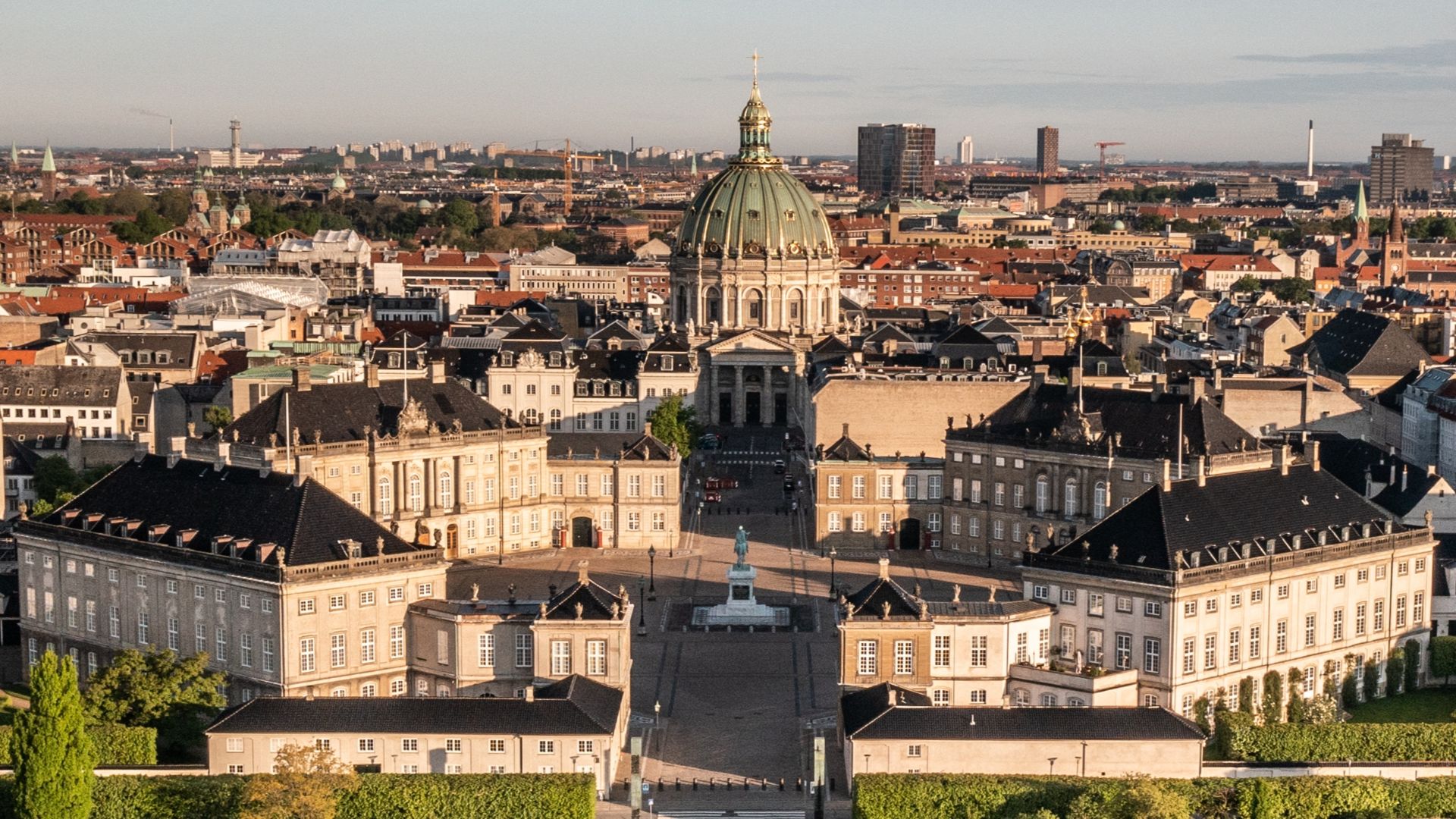 European Commission / Joshua Andrew Gross on Wikimedia
European Commission / Joshua Andrew Gross on Wikimedia
6. Dar Al-Makhzen
Confusingly, Dar Al-Makhzen refers to multiple royal palaces throughout Morocco; however, the official royal residence is located in the nation's capital of Rabat. As this is the primary residence for the 'Alawi family, visitrs are not permitted. If you want to visit a Moroccan palace, the palace in Fez allows tours.
7. Grand Ducal Palace
As with Buckingham Palace, the Grand Ducal Palace is not the principal residence of the grand duke of Luxembourg (that honor belongs to Berg Castle), but the place where he performs official duties. Used as a concert hall and tavern during the Nazi occupation, the Grand Ducal Palace has been restored to its former splendor. Tours run from July to September.
8. Prince's Palace
One of the oldest royal residences still in use, Monaco's strategic location meant that the Prince's Palace was built for fortification rather than beauty. Additionally, as there isn't a lot of extra space in Monaco, the Grimaldi family did not have space to built additional residences and have lived here for the better part of 700 years. While currently under construction, tours are expected to resume spring 2026.
9. Vaduz Castle
Vaduz Castle's history as a royal residence is far shorter than its history as a castle. Constructed in the 1100s, the castle wasn't purchased by the Liechtenstein royal family until 1712, and wasn't their primary residence until 1938! While not open to the public, the family's ancestral seat, Liechtenstein Castle is, however you have to drive to Austria to visit.
10. Royal Palace Of Cambodia
Apart from a period of (understandable) absence during Pol Pot's reign, the Cambodian royal family have lived in the Royal Palace in Phnom Penh since it was constructed in the 1860s. Phnom Penh's status as the capital has been somewhat spotty, and the city did not have any royal residences until the 19th century. The Throne Room and Silver Pagoda are both open to tourists.


